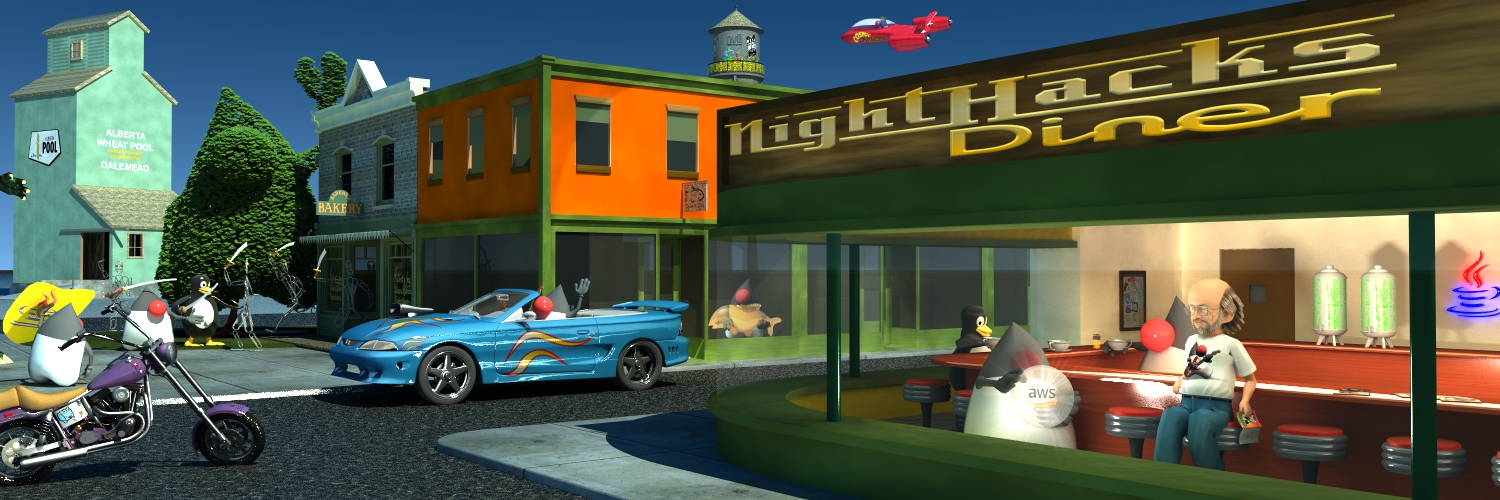Brazialian National Healthcare
Late last year I went on a trip to Brazil to talk at a Java conference. While I was there I got taken on a customer visit to see the new software infrastructure for the Brazialian National Healthcare sytem. I keep getting asked about it, so I thought it would be good to post a note here, even though the visit happened months ago. The system hasn't been fully deployed yet, they've just done a test deployment, but they're very happy with it. Their test deployment was 12 million (12,000,000!) people in 44 cities.It's the "operating system" for Brazilian National Healthcare. It's huge bags of J2EE and J2SE code. In the center, they have some serious servers (E10Ks &c) with large amounts of storage. This is actually physically in 5 sites with serious security. These are fed through a hierarchy of regional servers from hospitals, clinics and pharmacies.
Every interaction between a health care professional and a patient is recorded in the system. Every patient has a national medical system card. Every scrap of data is in the database. X-rays. EKGs. Video recordings from endoscopic exams. Some of these are entered/scanned manually, but many are streamed directly from the instruments. You can even remotely examine data as it is being streamed into the database, giving you live access to the instruments in an in-progress encounter. The person who was showing the system to me was a cardiac surgeon. As she was giving me the walkthrough on all of this, she hopped (in the cyberspace sense) into an in-progress heart transplant and took me on a tour through all the instruments. I also got the required video tour through a rectal exam, which seemed to be standard surgeon humor :-)
These folks use every Java API you can imagine. They're critically dependent on many of the ones that we (in a corporate sense) frequently denigrate like Advanced Imaging and Media. After all, what good is it to record video if you can't view it?
This system has already paid for itself several times over, just in cutting out drug fraud: when you go to a doctor they can see every other doctors visit you've been in for, every test result, and every prescription. This helps them enormously in getting a clear picture of what has been going on with a patient. For example, if a patient just got a prescription for Prozac from one doctor yesterday, they can't get a new one from another doctor today. Then when they go into the Pharmacy, they don't hand the druggist a scrap of paper, they had them their medical ID card, and the doctor gets the prescription out of the database, and marks it in the database as having been filled.
They even have specialized terminals for clinics in the Amazon jungle. This led to a discussion of one of their more amusing problems: they don't know the names of many of their patients because in many indigenous religions, disclosing your name is the same as handing over your soul. (I feel that way myself a lot of the time). So they teach the indians that the medical ID card is roughly a magic talisman that helps the people in the clinic do their medicine. The medical system doesn't need to know the identity of its patients, it merely has to correlate people to medical records.
Right now, the ID card is a traditional magstripe card, but JavaCards have recently gotten cheap enough for them to consider. The current deployments don't use much J2ME, but they likely will soon. This is motivated by the fact that J2ME cell phones & wireless PDAs now work in all sorts of obscure areas, and will allow them to get rid of their current generation of rather clumsy non-desktop terminals.
I wish the medical system I use here in the Bay Area was this coordinated.
Don't miss their talk at JavaOne
| June 17, 2005 |
